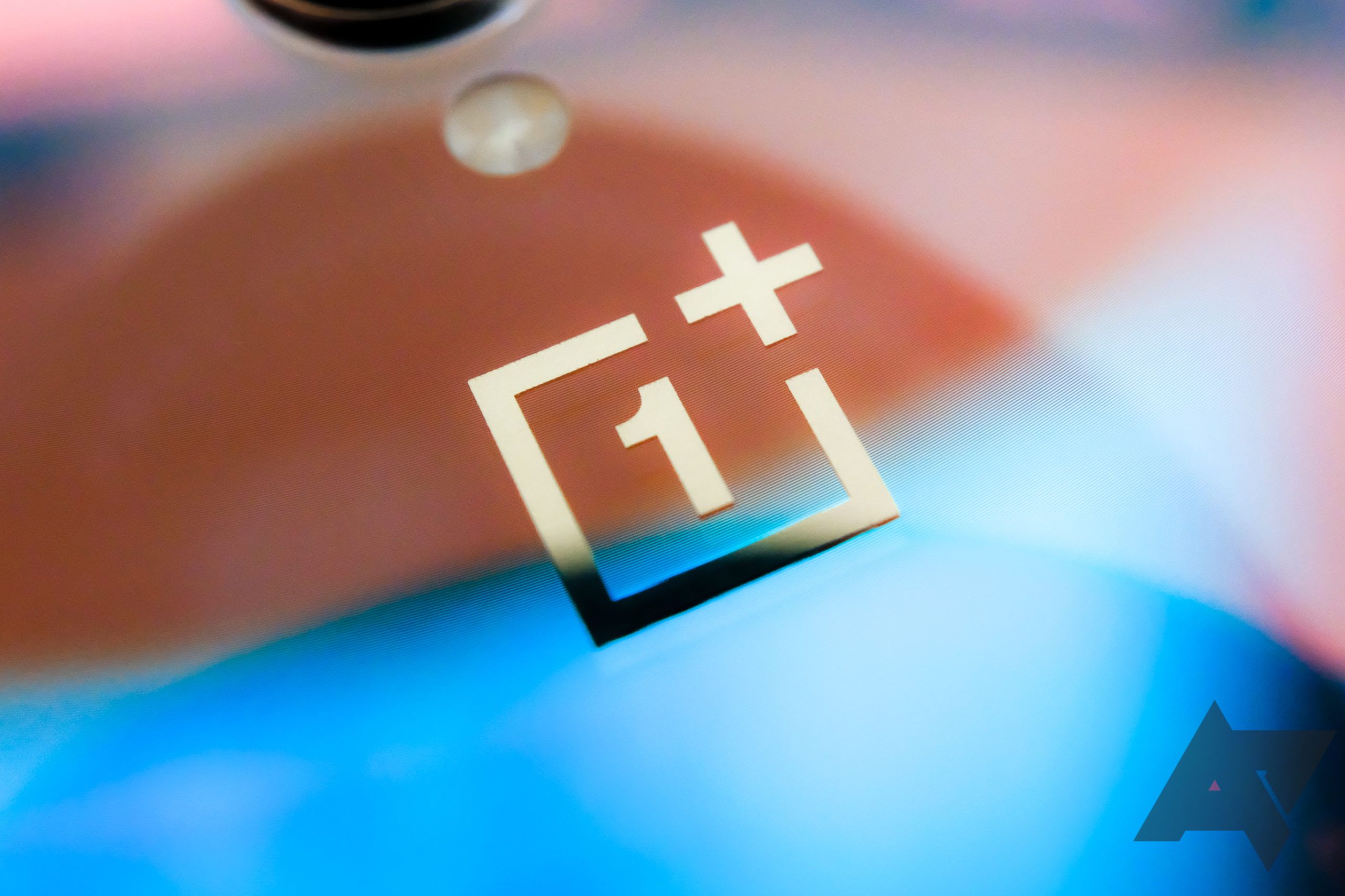OnePlus is gearing up for two new Nord-branded phones in the US market, according to leaks from Android Central in the last month, including what might be its first entry-level phone. If the details regarding the ~$200 "Clover" and sub-$400 "Billie" are both true (and they probably are), then OnePlus might have a problem on its hands. While the company was once known for its massively disruptive influence in the flagship space, now it's settled comfortably into the market it once upset. And its usual strategies won't work here.
The era of the OnePlus One and genuinely insane values are long over. While OnePlus still positions itself as a small but scrappy startup, now its really just an attempt to justify its social media-heavy drip-fed marketing approach — a point of frustration for many, but apparently successful, and clearly a money-saver compared to traditional marketing and advertising.
Most companies don't do "pop-up" shops — virtual or otherwise.
While prices have risen over phone generations, one thing remains true: OnePlus still makes good phones at a pretty good price. They might not be the almost unbelievable deals they once were, but the company's phones also compromise a bit less when it comes to details like an IP rating or camera, and they compare very favorably to other similarly spec'ed flagships. The new Nord, though it sadly isn't available in the US, is also a pretty amazing phone. I've been using one on-and-off over the last month or so, and I'm terribly impressed with it — and very, very jealous that we can't buy one here in the States.
But OnePlus' flagships are pretty easy to market and sell. Here in the US, OnePlus has been able to pick up the carrier partnerships it needed to truly succeed, and it has secured some brand recognition among the Android flagship space and the (frankly, quite small) unlocked-buying audience. But mid-range and budget phones are a very different beast in the 'States, and OnePlus is moving into a market where the same sorts of rules no longer apply. And, if the rumored prices for these two new phones are true — especially the ~$200 price for Clover — then OnePlus is targeting a tricky price point.
First, you have to understand that the biggest driver of budget phones in the US is the carriers. For better or worse, we aren't a "buy it outright" unlocked-first market. Carriers are the retailer of choice, and most low-end phones are sold via prepaid carriers. That last part is key: Not only is this an even greater reliance on the company's nascent carrier partnerships, it means dealing with a different sub-group inside the carriers. This is an entirely different segment, the prepaid market is cutthroat, and that rumored $200 price point for the cheaper phone puts OnePlus in an awkward spot: at the very top of the prepaid price range, and below the level that carriers usually finance.
Speaking to analyst Avi Greengart of Techsponential, there are two ways to drive sales in the prepaid market. Either cram in things that immediately appeal in person or at a glance — a big screen or numerically more cameras, things like that — or be a recognizable brand like Samsung, Motorola, or LG. Based on the details of Clover's leak (and the fact that most customers haven't heard of the company) OnePlus is adopting the former strategy, with a largeish 6.52" display and three rear cameras (though only one sounds useful). Brand recognition can't help it here; OnePlus' bread and butter in the US until now has been the Android enthusiast market that shops based on specs, and they aren't going to be buying a budget phone.
Samsung's Galaxy A11 isn't an amazing phone, but all that matters is what customers pay attention to, and next to Clover it will be cheaper.
But on paper, Clover still won't compete with phones that can leverage both advantages, like the new Moto G Fast. Samsung's Galaxy A11 even undercuts it on price with the same sort of in-person advantages — even if you and I know other specs favor Clover, prepaid customers aren't doing this much research. The benefits Clover might have, like a big battery and potentially nicer software, don't appeal to "more and bigger of things I can see is better" crowd. In short, the benefits of OnePlus ownership won't come across on their own.
The solution, I'm told by Greengart, is in the stores themselves. OnePlus needs to get retail staff to promote the phone:
The key for OnePlus with lower-priced phones in the U.S. will be translating its unlocked enthusiast brand into a short retail pitch. OnePlus will need retail staffers to direct consumers to its phones. Something like, "You may not have heard of this company, but all the tech reviewers gush over its higher-end models.” That takes sales training, spiffs/contests, and phones for employee personal use.
This is pretty much the opposite of the company's typical marketing strategies. For OnePlus to succeed, it's going to need to spend money in a way it just hasn't before, promote the phone more directly, and get carrier staff talking about it. Counter-intuitively, this might be a more expensive proposition when it comes to marketing than the company's flagship phones.
$400 is no-man's land — Apple can swing it with the SE (left), but even Google will have trouble with the 4a even though it's a better phone (right).
The same rules don't directly apply to the higher-end "Billie" phone, but $400 is also a no-man's land when it comes to carrier-financed sales. Apple can push a mid-range phone at that price point and succeed, but almost no one else can when costs end up amortized via financing over multiple years; the difference between $400 and $600 or $800 is real, but folks pay less attention when it's just a few bucks a month. Again: Even if it's great, how will OnePlus sell these phones? And again it comes down to better marketing and in-store promotions. OnePlus will have to spend more money than it's used to.
For OnePlus to succeed, it's going to need to spend money in a way it just hasn't before
My biggest concern is that OnePlus will try to push the same approach as always: Almost no advertising and months of not-actually-viral marketing via social media, relying on specs that won't sell in the US by themselves. Of course, it's no skin off my back if OnePlus fails, but I'd really like to see the company compete in the US across more price points. More selection is always better, and the US smartphone market feels stagnant compared to Europe and Asia, especially in the mid-range and value segments.
OnePlus can succeed here, but it's going to take a thoughtful reassessment of its usual strategies. The company has played up acknowledging when it's wrong before, but I hope it's willing to be proactive about things this time, rather than changing its ways only after it fails.


